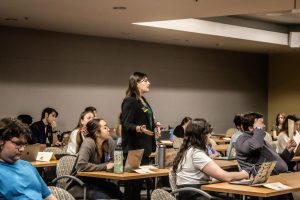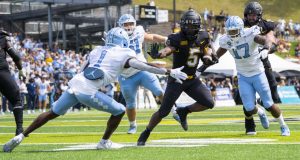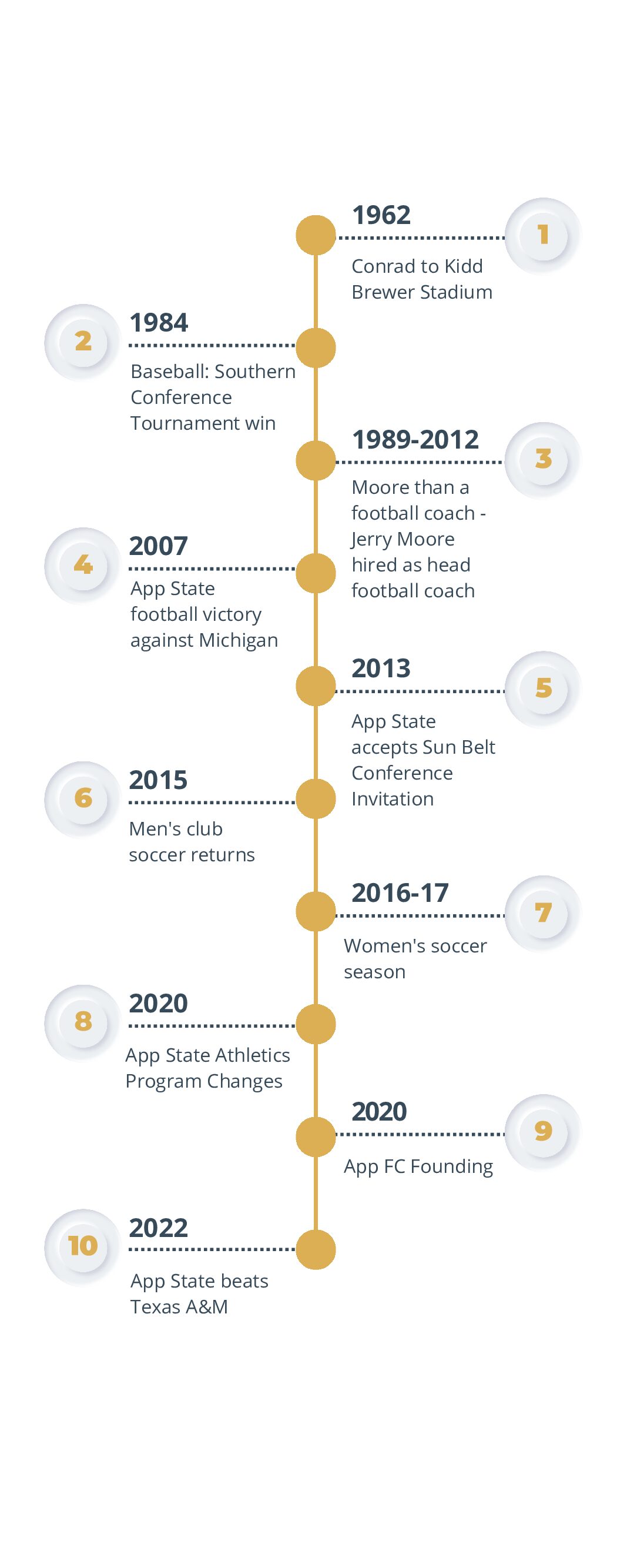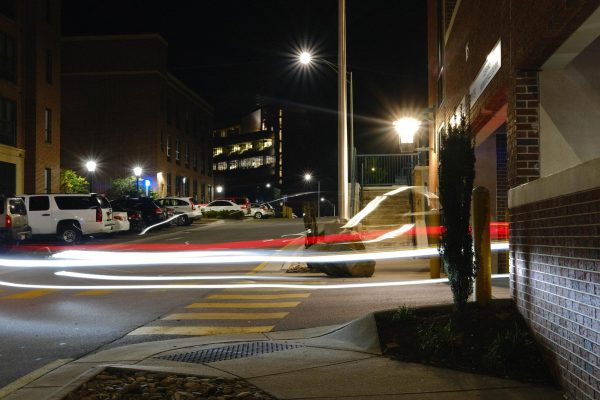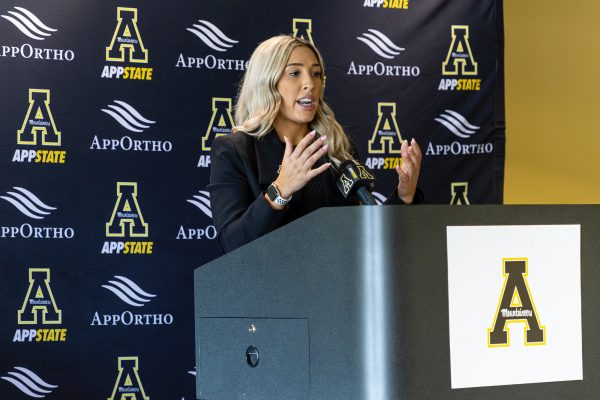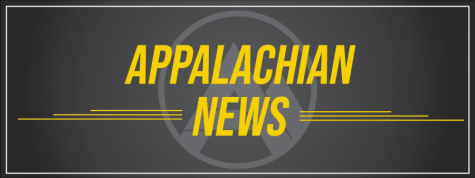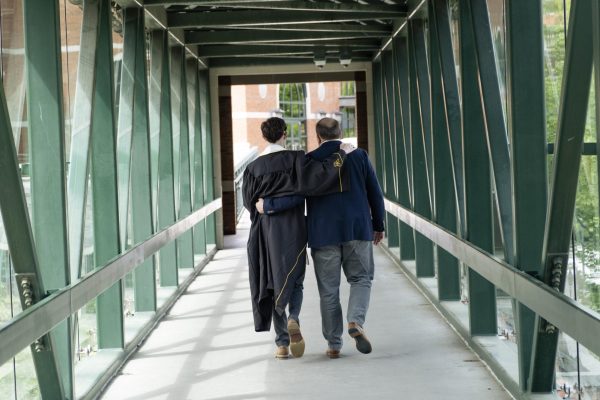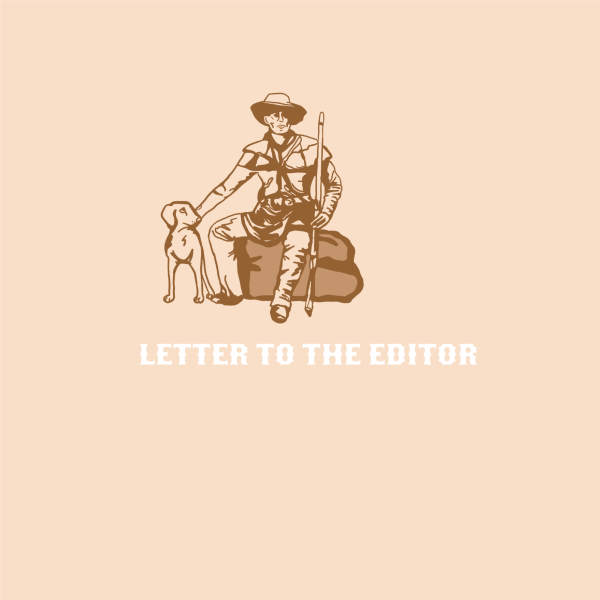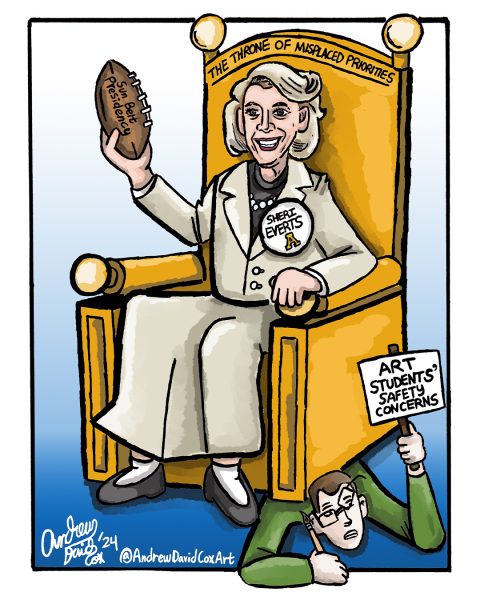Letter to the Editor: Teaching Hazardous Language
March 6, 2020
Teaching Hazardous Language
by Leonardo Flores, chair of the Department of English
How can English Department faculty teach texts that contemporary students may consider offensive, while at the same time create a safe environment that contributes to learning?
This is not a new question, but one which has come to a head in my department in recent weeks. As a discussion about a situation that arose in my department takes on increasing levels of public scrutiny and debate, I’m interested in exploring the space in which goals may find themselves at odds, and in suggesting ways in which we can honor both the integrity of academic freedom and the well-being of our students in the classroom.
We begin by setting ourselves the goal of creating a pedagogical space in which both faculty and students feel safe, while acknowledging that there is always risk when handling hazardous topics and language. In other words, there is no space that is completely safe for everyone involved, because there are many more factors than one can possibly account for and protect against, including personal traumas that may create adverse associations with certain words and situations.
When we work with language that involves topics we know may be sensitive — race, gender, ethnicity, sexuality, class, a variety of mental and physical abilities, and other identity markers — we know there are risks because of the performative nature of language arts. To read a text out loud is not only an embodied performance of it, but also a speech act, and one that is shaped by the reader’s identity and politics.
The suitability of uttering the historically and racially charged N-word in educational contexts is a matter for debate in my field, even within the African American scholarly community. Dr. Koritha Mitchell’s 2018 blog post “Teaching and the N-Word” helped me arrive at my current personal position: that the N-word is simply not available for me to utter out loud. I also understand and respect other faculty members’ choices on how to address this. For another nuanced piece that offers a different perspective, see Dr. Andre Perry’s 2018 column “Good Teachers Use the N-Word, but it’s How They Use it that Makes all the Difference.”
These are but two takes among thousands of articles published on the topic over the last four years. We have the responsibility to read deeply about this complex issue if we wish to make informed contributions to the conversation and make sound pedagogical choices.
While individual professors have a protected right to make their own choices on how to address the issue in their classrooms, none of us wants the use of the language to inhibit the lessons we wish to impart, and indeed, we are required to ensure a safe and beneficial learning environment. These goals should not be at odds, and the important work of moving forward will most effectively take place within our department, as we discuss pedagogical practices vis-a-vis our shared goal of creating inclusive learning environments.
The foundation for this work is creating a pedagogical space in which faculty and students can freely exchange ideas, while acknowledging that there is always risk when we must work with hazardous language in our discipline. We must also create clear expectations in our course syllabi about the content of the class and about how hazardous words will be handled. This groundwork can also happen in preparation for a lesson that contains some offensive language by having a conversation in class about how the professor and students may use or read the offensive language.
Throughout all this, it is essential to cultivate an environment of trust and respect in which students feel comfortable reaching out to their instructors to express concerns. When expectations are clear and dialogue is carried out in good faith, students and faculty involved can listen to one another and work together to resolve difficult situations by seeking a clearly stated and agreed upon course of action. And if they cannot resolve them, there are supervisors (such as department chairs) that can help mediate or address the situation.
In my short time here, I have already mediated several cases of miscommunication, misunderstandings, and disagreements, helping resolve them amicably. I have also received and resolved concerns and complaints in which students wished to remain anonymous. I am committed to giving every such instance the serious attention it requires in order to find a resolution that benefits and protects all parties.
As faculty member and department chair, I pledge to continue this work within and beyond the English department to create an inclusive environment in which we can safely and effectively work with and learn from hazardous language in our discipline.
And let’s remember that one of the most important things we learn in academia is how to respectfully disagree and discuss issues, even when we arrive at the conclusion of agreeing to disagree. The public sphere, including social media, offers other ways of addressing disagreements, but they are often not constructive and very destructive because they tend to erase contexts and get people involved who don’t understand the situation, but are passionate about the issues.
In my earlier statement I called for patience and generosity and I reiterate it now, urging our community to be patient with institutional processes and with the work of having the conversations necessary to address these issues in our pedagogy. Let us be generous in how we interpret people’s motivations, passions, and the words they’ve written about these issues. To be generous is to give the benefit of the doubt, to be empathetic, and make an effort to think well of their motivations. Finally, I ask for introspection in considering the limited information we all have about this complex situation, and thinking carefully about how we can be part of finding constructive outcomes to this challenge that sits before the Appalachian Community.


